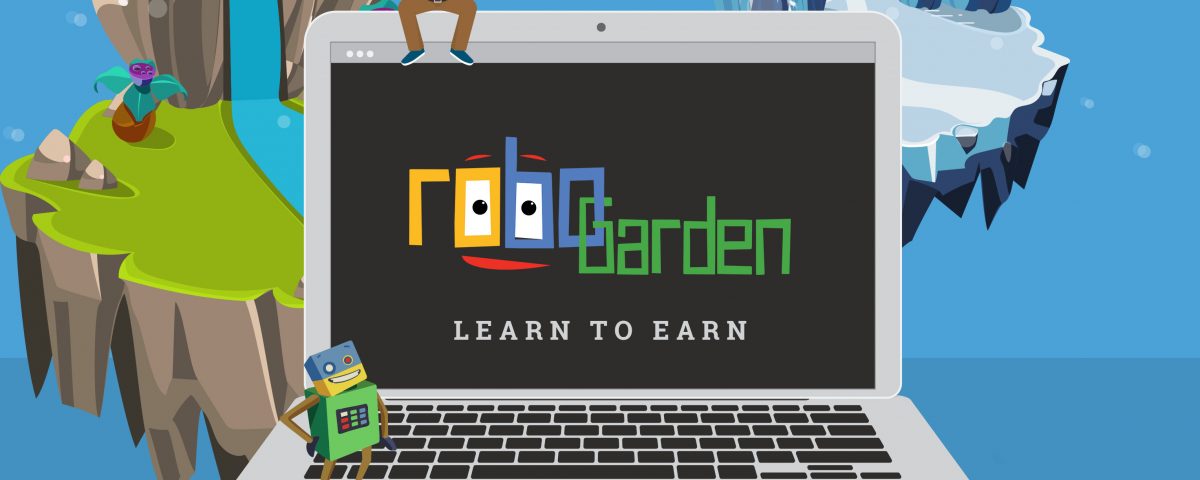Game Based E-Learning

Do you know how Indian Luxury Retail segment is growing ?
March 26, 2019
Tesla Leads Way To Sustainable Future
March 26, 2019According to a late 2015 survey of 800 (pre) K-12 teachers and 350 administrators, ‘Approximately half of all administrators (55%) and 53% of teachers believe that games can be used to teach complex and challenging ideas and topics. A total of 51% of teachers use games in the classroom either daily or weekly.’ Shortly after this survey was conducted, in June of 2016, Microsoft announced early access to Minecraft: Education Edition allowing “teachers to test the game at no cost up until its official release in September. After that, schools and districts will have the opportunity to purchase annual licenses for between $1 and $5 per student.’
What these two examples show is that there is a strong link between today’s education trends and the gaming industry, culminating in a fusion now coined “edutainment”. According to Microsoft, ‘Learning-by-doing in Minecraft teaches students independence and perseverance, giving them great satisfaction and sense of accomplishment when they can validate their knowledge. And because Minecraft: Education Edition is a flexible platform for learning, educators are able to map student activities directly to specific learning outcomes and curriculum standards.’ While historically, games have been positioned as adversely affecting childhood concentration and discipline, these game-based education platforms have come to flip these arguments.
In short, game-based learning is the next big thing.
In the very near future, RoboGarden™ will support Minecraft, but this is not the news today. Today, RoboGarden™ is placing computer science edutainment on the market. With RoboGarden™, students can program and control Robo – RoboGarden’s hero robot – and move through different adventures, learning to programme along the way. As they continue to play, students will also learn about physics, earth, space sciences, math, life skills and many other subjects covered in the K-12 curriculum that one can but won’t enjoy learning from school books.
Gamification makes learning motivating and engaging. By using game theory and game mechanics in non-game contexts, gamification engages users in solving problems. The main goal is to motivate learners so that they are capable of performing better. Furthermore, gamification in eLearning follows exciting technologies and innovations within the gaming industry. This means that in the near future, virtual and augmented reality platforms have great potential to offer an even more realistic learning experience.
Worldwide revenues for game-based learning products reached $2.6 billion in 2016. Revenues are expected to surge to $7.3 billion by 2021 (Ambient Insight).
References: E-learning market trends and forecast 2017 – 2021, docebo.


